Why Fair Trade is Thriving, Even in Tough Times
by: Greener Design, 2011-09-30 15:24:44 UTC
Despite increasing clutter among green labels and products, and an ever-more-worrisome economy, sales of Fair Trade-certified products nearly doubled over last year. What does that say about green consumers?

 A Solar-Powered Alternative To Insecticides
A Solar-Powered Alternative To Insecticides
by: fast company, 2011-09-30 14:37:21 UTC

Organic farmers have a wealth of alternatives to synthetic insecticides--biological pest control, row covers, and even natural insecticides. A company called AgriSolar has a different alternative: a solar-powered system that attracts, disorients, and ultimately kills insects.
The system is incredibly effective, if AgriSolar is to be believed. The company claims that it can kill 85% to 90% of all harmful insects on an organic farm. The secret is AgriSolar's lightbulb, which "is designed with certain color spectrum that attracts significantly more bugs," according to CFO Arnold Tinter. Here's how the system works: Solar panels power up the lightbulb, which turns on at dusk when insects start coming out. The insects are attracted to the bulb (from a 20-acre radius), become disoriented, and then eventually fall into a water-filled collection bin.
"Structurally, there's not much to it," says Tinter. That doesn't mean it's cheap, however; most large, two-bulb units run between $1,000 and $1,200. This is, according to Tinter, comparable to the cost of chemical insecticides.
AgriSolar's units have already been deployed widely in China, where there are at least 100,000 systems in over 20 provinces (in Guangdong, for example, there are 22 units being tested on rice, vegetable, lychee, dragon eye, banana, sugercane, orange, flowers, and tea tree crops). The solar-powered units are also currently being tested in the U.S. and Europe. If they work as well as AgriSolar claims, we imagine that they will quickly become popular.
[Image courtesy of AgriSolar]
Reach Ariel Schwartz via Twitter or email.


 11 technologies that increase fuel economy
11 technologies that increase fuel economy
by: Gizmodo , 2011-09-30 17:48:21 UTC
Short of going full hybrid, automakers are employing a number of technologies to improve fuel economy. These range from turbocharging an engine, to improving the transmission, to electrifying specific components. CNET looks at 11 of these technologies.
Originally posted at The Car Tech blog
Future Perfect: Energy efficient data centers for greener computing
by: Ecofriend, 2011-09-30 12:44:44 UTC
Pratima Kalra:

Energy efficient data centersEnergy efficient data centers for greener computing
What’s happening right now?
The rising demand in the computing sector across organizations and the energy implications are under scanner these days. Data centers in USA rank at number 6 in their electricity consumption and the demand is further rising. It is a myth that computing equipment in offices uses the maximum amount of energy, but in reality it accounts for only 50 percent of it. Cooling consumes around 40 percent which constitutes air circulation, humidity control and heat rejection. The remaining 10 percent goes in lighting, etc. The main problem faced is when the cool and the warm air mix together due to which a lower set point has to be fixed.
Trends
1. Yahoo Energy-Efficient Data Center

Yahoo’s Energy-Efficient Data CenterYahoo’s new Energy-Efficient Data Center at Lockport, N.Y.
Yahoo has a sizable data center for the thousands of servers and computer systems occupying an area measuring 1, 55,000 square feet and it holds around 50,000 servers. This can almost convert the center into a sauna of overheating networks that will bear heavy demand on cooling. Yahoo wants to implement a green solution for cooling, although it can choose to use ACs but their high demand of energy and high carbon emissions make them repulsive for use. Yahoo’s data centre is accommodated in an area measuring 1, 55,000 square feet and it holds around 50,000 servers. It has been modeled after chicken coop that will ensure free circulation of natural air and will cut down 40 percent of the energy consumption. Unlike contemporary data centers that spend 40 percent energy on cooling, Yahoo uses only 1 percent of energy on cooling.
2. Syracuse University’s new data center

Syracuse university’s green data centerSyracuse University’s new data center to use 50% less energy
The new data center planned by the Syracuse University will occupy 6000 square feet and will cost approximately $12.4 million. They aspire to cut the electricity consumption by 50 percent for this unit. Natural gas micro turbines will be used fuelling an onsite electrical co generation system. 100 percent energy will be generated using this system. An add-on benefit of this system is that the heat from the turbines will be used in double effect absorption chillers for the center’s chilled water requirement.
3. Facebook’s Energy Efficient Data Center

Facebook’s Energy Efficient Data CenterFacebook’s Prineville data center in Oregon
Facebook’s Prineville data center in Oregon is built to save 36 percent energy consumption and also it is 24 percent cheaper in comparison to other such ventures by Facebook. The power usage effectiveness ratio of this center is 1.07 while that of other facilities is around 1.5, which clearly indicated the energy efficiency levels. To promote and help organizations to replicate this model, Facebook will be releasing all mechanical as well as technical specifications in the form of open hardware.
4. Colocation America’s Data Centers

Colocation America’s Data CentersData Centers uses significantly less power than companies with in-house data centers
For the in-house data centers, Colocation America has implemented an energy efficient power strategy to curb down the environmental implications. The most trivial of things like sending e-mails to internal employees is another step to reduce the carbon footprint. The company makes sure it hires network engineers who connoisseurs in the art of setup, configuration and can well handle equipment with maximum efficiency.
The concept
The growing needs and size of the data centers in the US means that heavy power demands will be made, but big companies are determined to not increase the burden on power supply and also they aspire to develop solutions that would be environmental friendly. This can be done in multiple ways; firstly, they want to reduce the amount of energy required for cooling since that is extraneous and non productive. This can be done if natural cooling is available in plenty and even if the power requirements are high they want to set up systems that will use renewable energy resources and thus in house power, which is carbon free will power the data centers.
The advantages
Energy efficient data centers are so direly required, they are environmentally friendly and their working is well calculated, which will further help for making an analogy for other similar requirements. Firstly, they help to accurately measure your power usage; they are so designed for natural air circulation and optimal efficiency without the use of chillers or any such devices.
The impact
Every small step taken leads you closer to your destination, and taking bigger leaps is still better. Organizations like Facebook have realized they have a significant social significance and that moving towards green solutions is but the thing to do. These large business houses have become the trend setters and the impact is that all big and small business are likely to follow in their footsteps and collectively the power saved would make a substantial sustainable solution.


 culdesac: ovo high chair for micuna
culdesac: ovo high chair for micuna
by: Designboom - Weblog, 2011-09-27 11:12:00 UTC
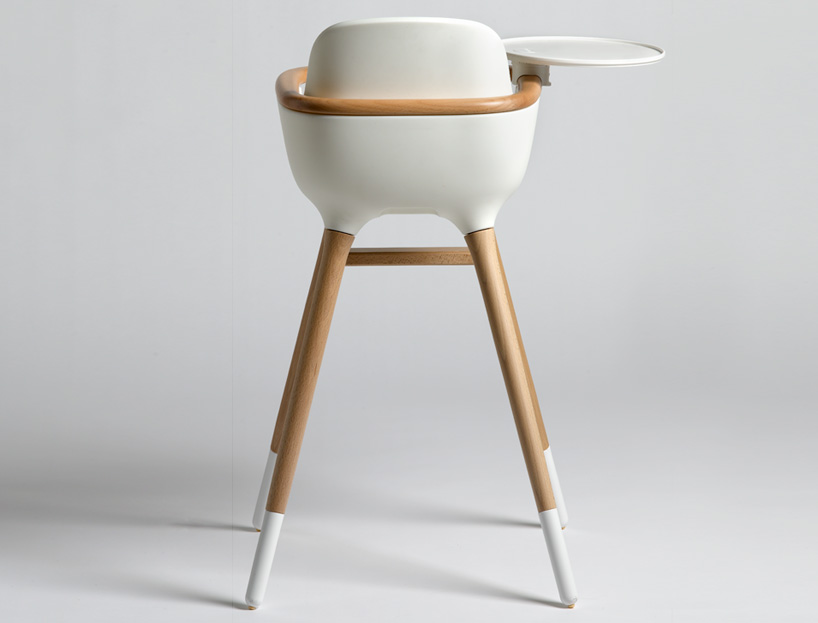
besides its aesthetic compatibility, the high chair also reaches functional demands and includes washable fabric, baby reins, an adjustable tray and footrest.
read more
The Future of Transportation on a Planet with 7 Billion People
by: TreeHugger Design, 2011-09-29 20:22:05 UTC
 Photo: Flickr, CC
Take a Step Back and Look
Photo: Flickr, CC
Take a Step Back and Look
As we near the moment when our planet officially hosts 7 billion people (of course this is just a statistical guess - nobody's sure precisely how many humans are on Earth), we need to take some time to think about some of the big issues that we'll have to face in the future. Transportation is a big one, and in this post I will try to take a bird's eye view of what we should focus on and how we should approach the problem. I certainly won't pretend to have all the answers, but...
Read the full story on TreeHugger
Autodesk Offers Sustainable Design Tools in the Cloud
by: Greener Design, 2011-09-27 17:01:45 UTC
The move is expected to be particularly useful to builders of greener structures and creators of more eco-friendly products.

 Shaw Floors' Wall-to-Wall (and Cradle-to-Cradle) Success Story
Shaw Floors' Wall-to-Wall (and Cradle-to-Cradle) Success Story
by: Greener Design, 2011-09-27 19:15:50 UTC
The world's largest carpet manufacturer -- owned by Warren Buffett's Berkshire Hathaway -- is also the world's largest carpet recycler, and is rolling out recycled, and recyclable, products at an unprecedented level.

 Waste Converters is a Recycled Material Depot Frequented by Melbourne’s Top Designers
Waste Converters is a Recycled Material Depot Frequented by Melbourne’s Top Designers
by: Inhabitat , 2011-09-29 22:40:42 UTC

An old recycling depot in a suburb near Melbourne may seem like an unlikely place to see some of Australia’s most acclaimed furniture designers, chefs, architects and artists, but that’s where many of them go for inspiration and materials. People like Vue de Monde’s Shannon Bennett, furniture designer Mark Tuckey, eco-entrepreneur Joost Bakker, architect Jerry Wolveridge and artist David Bromley are all regular visitors at Waste Converters , and sift through the yard’s secondhand timber and other goods. The practice was recently awarded the Australian Timber Design Award and last year Waste Converters’ recycling activities provided a net carbon benefit of 14,500 tonnes.
+ Waste Converters
Permalink |
Add to
del.icio.us |
digg
Post tags: David Bromley, eco design, eco-materials, green design, green materials, Jerry Wolveridge, Joost Bakker, Mark Tuckey, Recycled Materials, Shannon Bennett, Vue de Monde, waste converters
yves behar / fuseproject: local bike
by: Designboom - Weblog, 2011-09-26 11:45:00 UTC
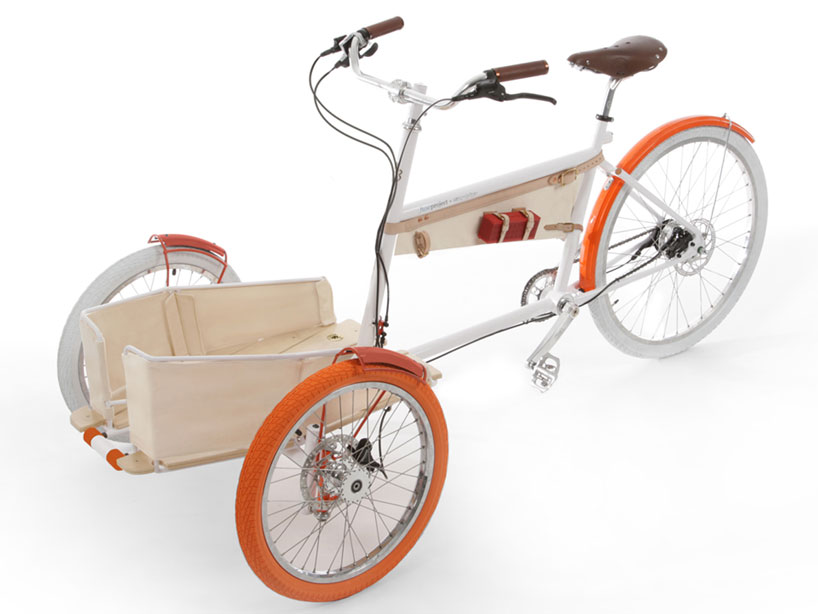
considered a version of a practical pick-up truck in the form of a bicycle, the sturdy, flexible front platform of carries groceries, surfboards, lumber and kids, creating an ideal vehicle for a self-powered life.
read more
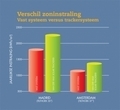



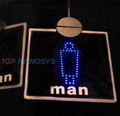


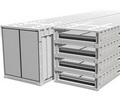


Comments by our Users
Be the first to write a comment for this item.